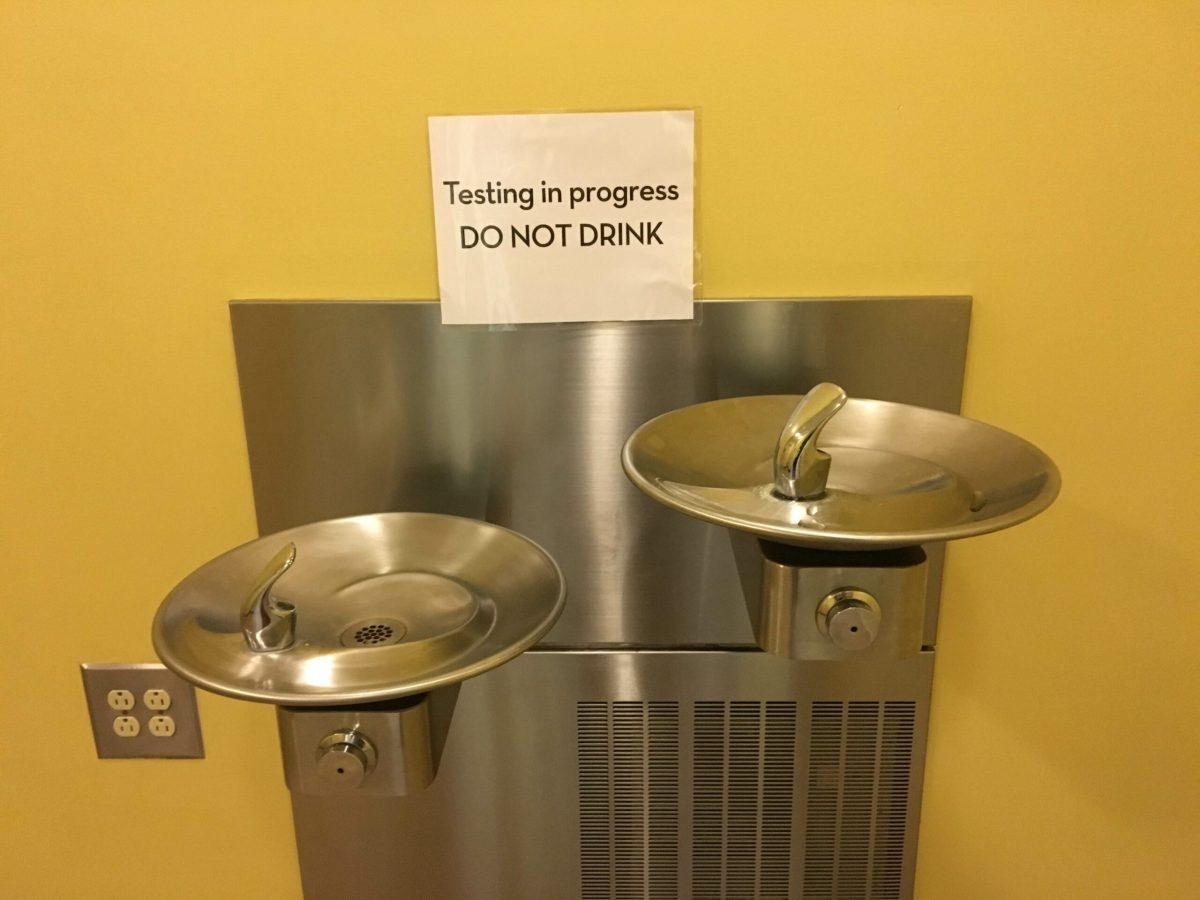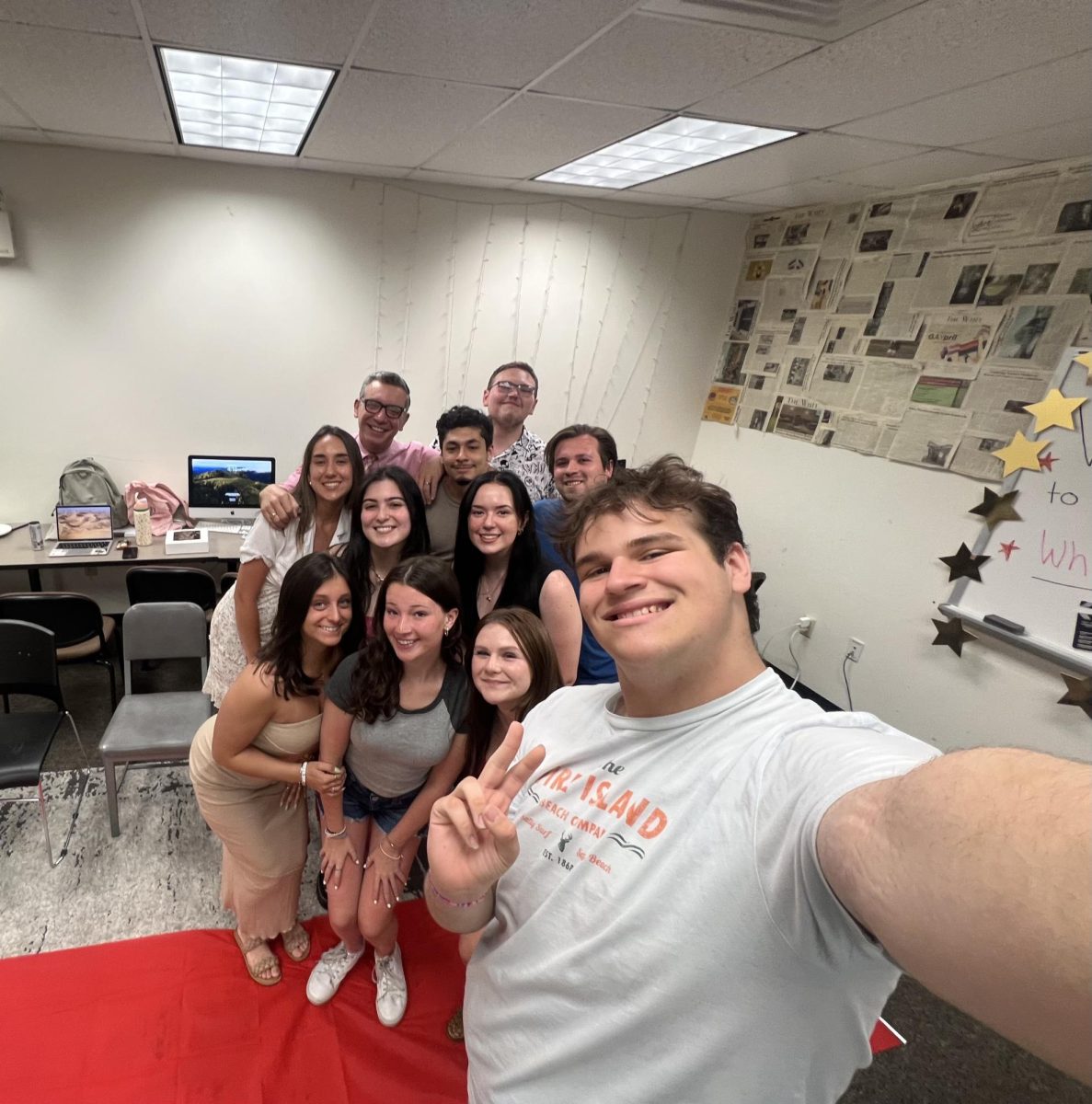Over the course of the year, The Whit has covered what will be considered another year of transition and growth for Rowan University. A lot has happened. But it doesn’t come without issues and growing pains.
Before next fall, the university should seriously consider solving unresolved problems. Solving them will only make it a better institution in the end.
When we came back in August, the university informed its student body there was lead in the water. This sent many students, and their parents, into a tizzy. The story was picked up by dozens of local media outlets.
Holly Pointe Commons was officially opened. The 1,414-bed complex contains men’s, women’s and gender inclusive restrooms. There were some quirks: fire alarms went off frequently and it was also once the site of vandalism.
Many parking changes were made throughout the year, most notably the news that sophomores will no longer be allowed cars on campus this coming academic year.
Town square was opened, which involves the Rowan Boulevard development project.
Rowan alumni invested $25 million toward developing their fossil quarry into a fully-fledged park.
Rowan opened a brand new Business Hall. The university also added an addition to the engineering building.
The infamous Chickie’s and Pete’s was finally opened.
Housing complexes and another parking garage are popping up on Rowan Boulevard, all due to be in complete working condition by fall. Housing barred underclassmen from living in complexes such as Edgewood and Townhouses, forcing them to move into some of the new housing on Rowan Boulevard among other housing options.
The university aimed to improve shuttle services. It also opened its own food pantry.
Also in April, a fire broke out in Mimosa Hall, prompting a new fire alarm protocol.
New eateries, housing complexes and academic buildings are all examples of ways that the university is expanding, aiming to better the education and reputation of the university in the long-term. However, these changes on campus sometimes cause headaches.
Students complained that traffic along Mick Drive headed toward the academic building on 301 High Street was dangerous. The university has taken this entire year to build the complex next door. Parts of Victoria Street have been closed all spring. The university should be making every effort to open these roads again come fall. Students have selected housing in the Victoria Street building, so it’s best the roads surrounding it are opened for student safety.
Another concern of many sophomores is this: they will be living in apartment-style housing, equipped with kitchens, but they are not permitted to have cars, which many use to make the trip to Shoprite. University spokesman Joe Cardona said that this will be a “growing period,” and pointed out that the Rowan shuttle takes trips to the Glassboro shopping center, which includes Shoprite. According to the shuttle schedule, at present it only makes these trips on Fridays.
There will be hundreds of students who need access to a grocery story next fall who will be without a car. The shuttle might have to take more than three trips on a Friday to serve these student needs. Hopefully Rowan University can foresee this problem and make necessary changes before many of its sophomores are looking for ways to get to Shoprite next fall.
Although the university hopes barring sophomores from having cars on campus will help solve parking issues, it might only do so in the short-term. President Houshmand has continued to say he’d like to increase student enrollment. This means that down the road, more and more students will want to have their car on campus. Two parking garages on Rowan Boulevard, one by Townhouses and several other residential and commuter lots just aren’t going to cut it. A Whit reporter took the shuttle near the beginning of this year to satellite parking places, such as South Jersey Technology Park and the lot on Ellis Street, and drivers told her they seldom have many people at those stops. It seems encouraging students to move to the fringes of campus to park just isn’t working. Rowan University needs to come to a solution that sticks.
Finally, although Rowan’s lead issue made news in August, it is still an unresolved issue that students and the surrounding community should push the university to resolve entirely. Rowan’s water quality page had its latest update on March 7. As of that date, nine campus buildings had above 15 parts of lead per billion, exceeding the EPA level at which action must be taken. They included: Chestnut, Evergreen, Magnolia, Mimosa, Mullica, Triad and Willow halls, Edgewood Park Apartments and the Townhouse Complex. We understand these buildings are old. The university is transparent about this issue in that they at least let us know what is still happening.
However, the issue is still ongoing, and it should worry some we haven’t seen an update since early March. Rowan University should post another update during the summer, and hopefully should come close to resolving the issue before the fall. Although the university has created short-term solutions, this shouldn’t be a long-term problem, especially not for a university that’s looking to grow.
For questions/comments about this piece email [email protected] or tweet us @TheWhitOnline.

























































































































































!["Working with [Dr. Lynch] is always a learning experience for me. She is a treasure,” said Thomas. - Staff Writer / Kacie Scibilia](https://thewhitonline.com/wp-content/uploads/2025/04/choir-1-1200x694.jpg)












































